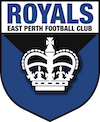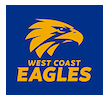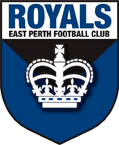Select grade below
- Round 1Sat Mar 3014:30
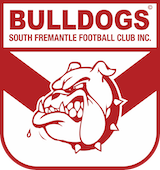 6.7.43VS
6.7.43VS 12.10.82
View Stats
12.10.82
View Stats - Round 2Sat Apr 0614:30
 18.11.119VS
18.11.119VS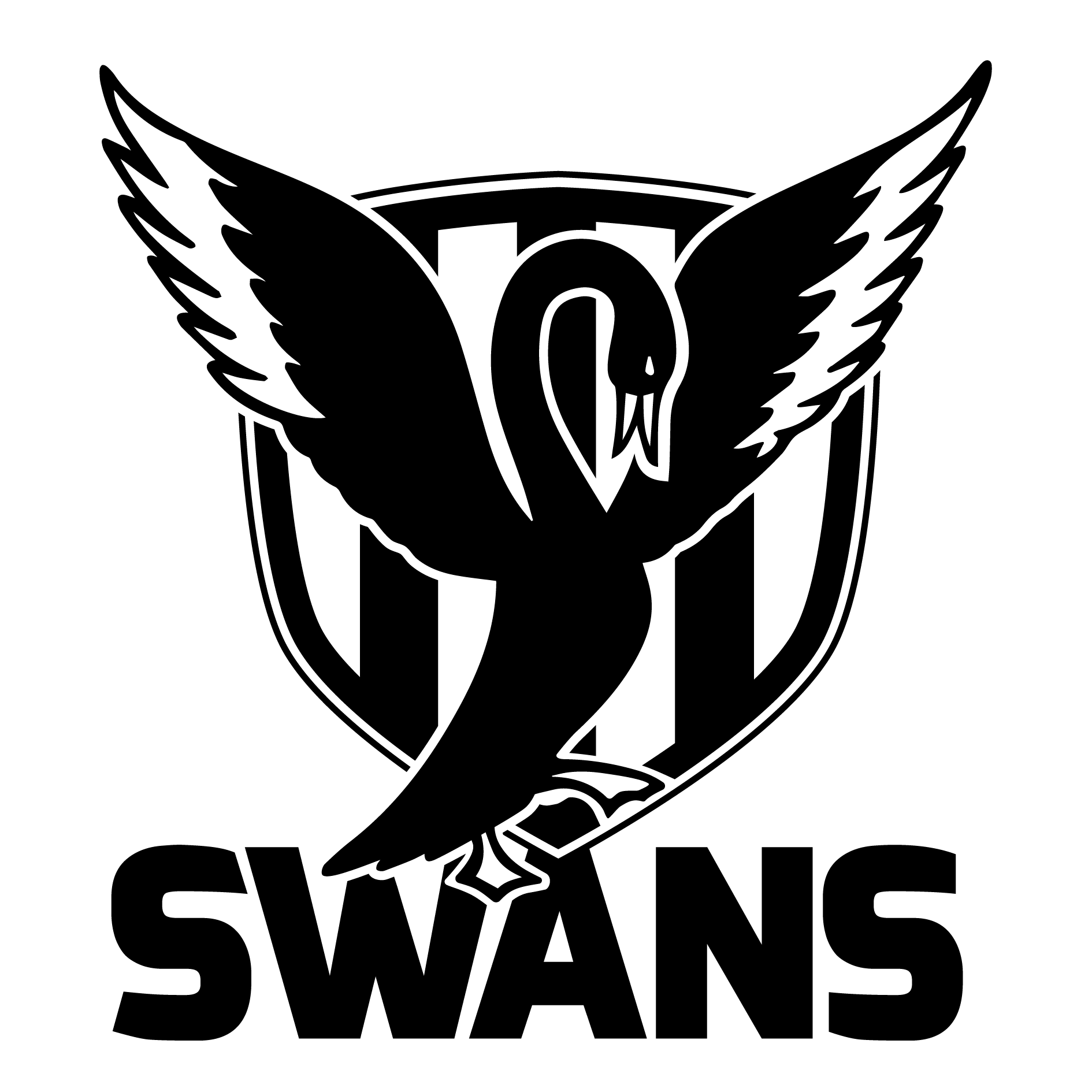 11.16.82
View Stats
11.16.82
View Stats - Round 3Sat Apr 1313:40
 10.9.69VS
10.9.69VS 8.5.53
View Stats
8.5.53
View Stats - Round 4BYE

- Round 5Thu Apr 2516:10
 10.10.70VS
10.10.70VS 13.13.91
View Stats
13.13.91
View Stats - Round 7Sat May 1114:40
 VS
VS
 East Fremantle Oval
East Fremantle Oval - Round 8Sat May 2514:10
 VS
VS
 Sullivan Logistics Stadium
Sullivan Logistics Stadium - Round 9Mon Jun 0314:30
 VS
VS
 Pentanet Stadium
Pentanet Stadium - Round 10Sun Jun 0914:10
 VS
VS
 Sullivan Logistics Stadium
Sullivan Logistics Stadium - Round 11BYE

- Round 12Sat Jun 2214:10
 VS
VS
 Steel Blue Oval
Steel Blue Oval - Round 13Sat Jun 2914:30
 VS
VS
 Sullivan Logistics Stadium
Sullivan Logistics Stadium - Round 14Sat Jul 0614:30
 VS
VS
 Sullivan Logistics Stadium
Sullivan Logistics Stadium - Round 15BYE

- Round 16Sat Jul 2014:30
 VS
VS
 Sullivan Logistics Stadium
Sullivan Logistics Stadium - Round 17Sat Jul 2714:30
 VS
VS
 Revo Fitness Stadium
Revo Fitness Stadium - Round 18Sat Aug 0314:30
 VS
VS
 Sullivan Logistics Stadium
Sullivan Logistics Stadium - Round 19Sat Aug 1011:10
 VS
VS
 Mineral Resources Park
Mineral Resources Park - Round 20Sat Aug 1714:30
 VS
VS
 Sullivan Logistics Stadium
Sullivan Logistics Stadium - Round 21Sun Aug 2514:30
 VS
VS
 Sullivan Logistics Stadium
Sullivan Logistics Stadium
The Early History of Perth Oval Land - By Bill Forrest

The early history of the land that was to become Loton’s Park and later Perth Oval is interesting and does help to explain why in the winter months the eastern side of the oval would become a quagmire of mud.
In 1844 a member of the colony purchased an acre of land from Edward and Jane Barron. At the time the land was part of a twenty six acre grant belonging to the Barrons, and was known as Stones Lake. All of this land except for a few acres was purchased by William Thorley Loton and he later transferred the land to the City of Perth who in due course developed the area into playing fields.
An early map of Perth indicates that below the 26 acre grant at Stones Lake there was an underground lake which was part of a lakes system that included Lake Thomson (between Beaufort and Lake Streets) Lake Poulett, Lake Sutherland, Lake Herdsman, Lake Irwin, Lake Kingsford (between Wellington and James Streets where the Perth railway station is now situated) and Claise Brook which after entering from the Swan River, widened into what was known as Tea Tree Lagoon.
The land that was nurtured by this artesian water supply was suited to market gardening especially the Barron’s 26 acres which in those days was bounded by Stirling Street, Bulwer Street, Guildford Road (now Lord Street) and the present Edward Street. Market gardening was carried out at the site, including by Chinese gardeners, into the early 1900’s. Perth Oval was opened in 1910. The Perth City Council purchased a few surrounding acres in 1927.

